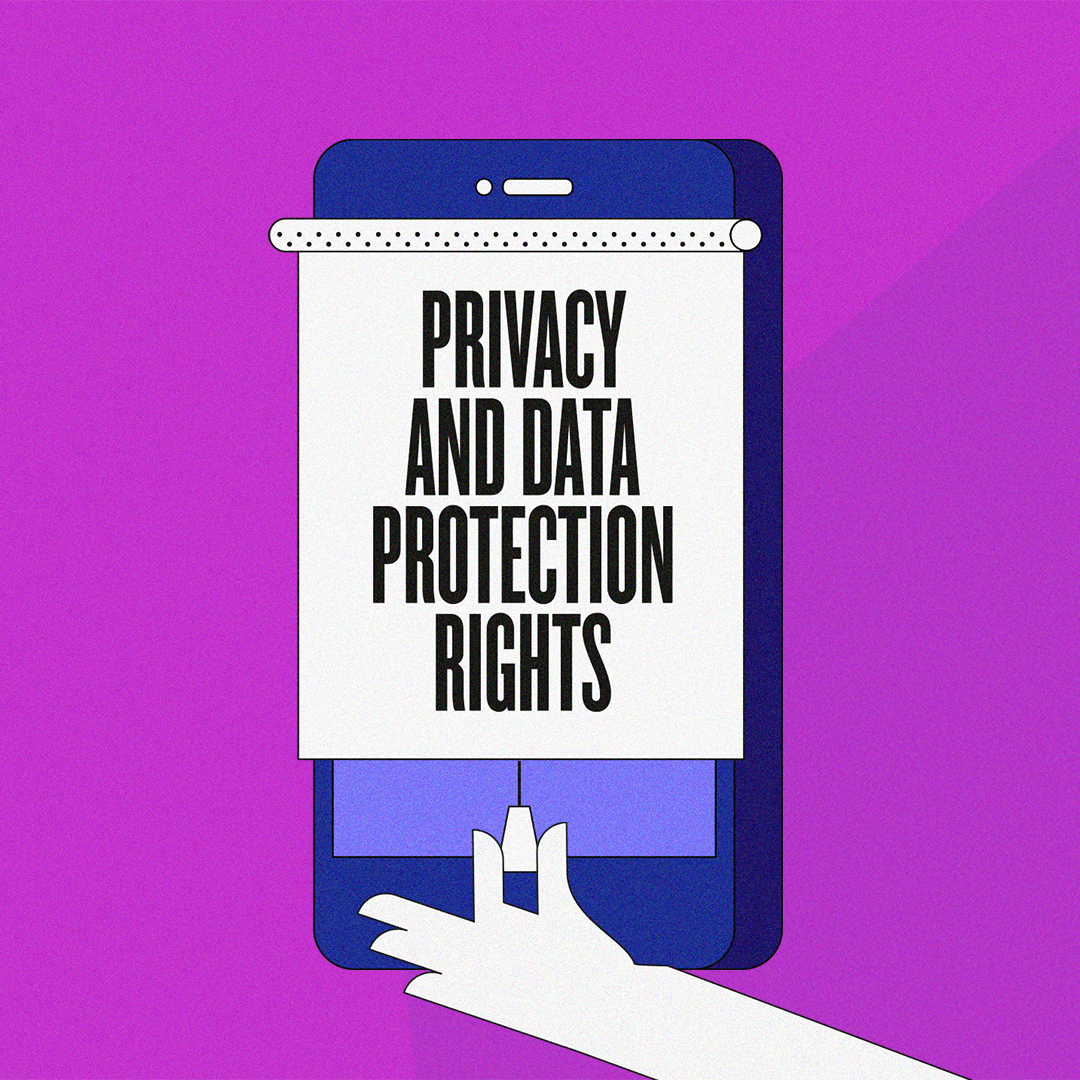In 102 pages how free expression will be protected is not explained.
Content may be legal and harmful yet will remain legal to publish unless you are a platform. Why?
This should signal the complexity and difficulty in balancing free expression and content takedown. This is not discussed.
… which has obvious free expression and privacy issues.
Reliance on users to sort of out the mess caused by automated tools reminds me a lot of blocked.org.uk for instance, or of DCMA copyright takedowns.
We should be very worried.
If the evidence standard is low, we get over-reaction. If it is set reasonably, it may be impossible for the regulator to require action despite public demand.
Sound familiar?
Will the #WhitePaper be another example? Perhaps, but whatever the result, at least the government can blame the new Regulator.
» Content that is legal can be de facto banned.
» Content can be removed without due process
» 'Prior restraint' on publishing can be established
» Little evidence of harm may be employed





